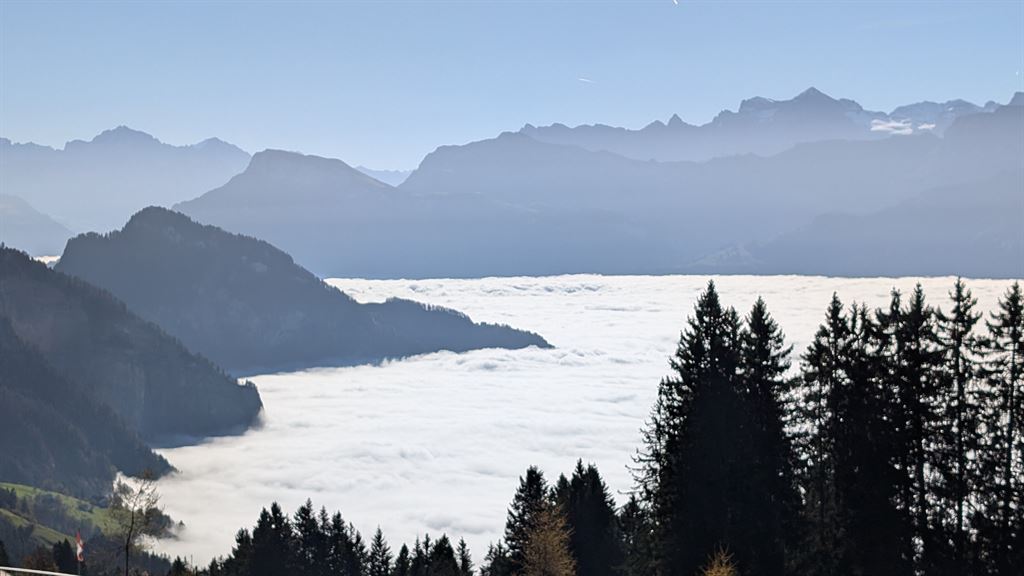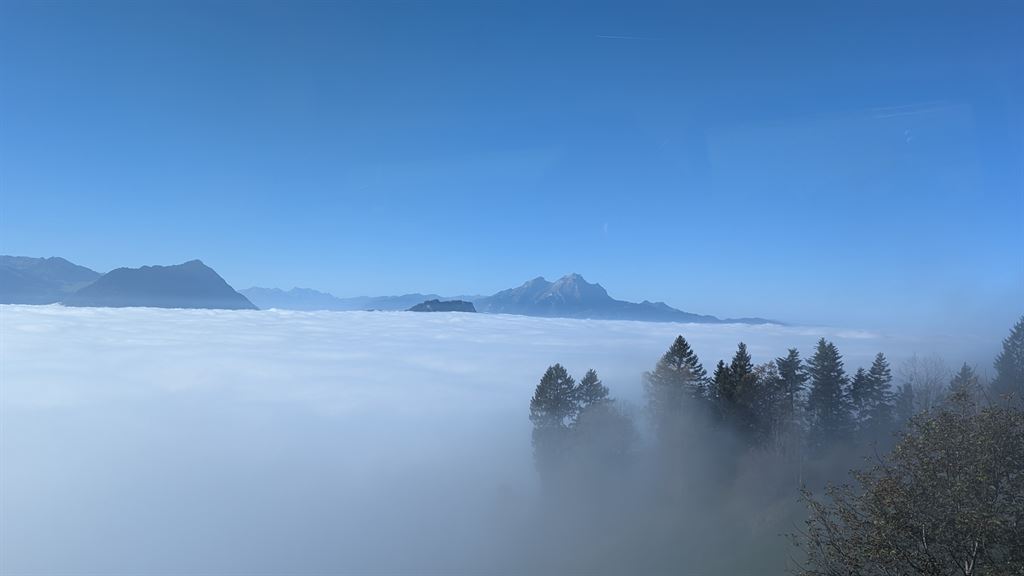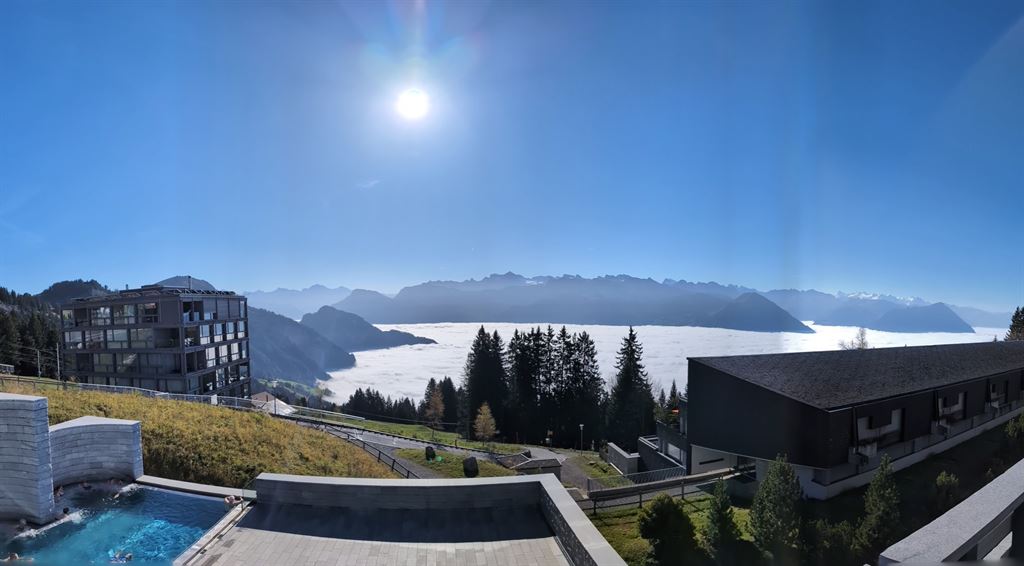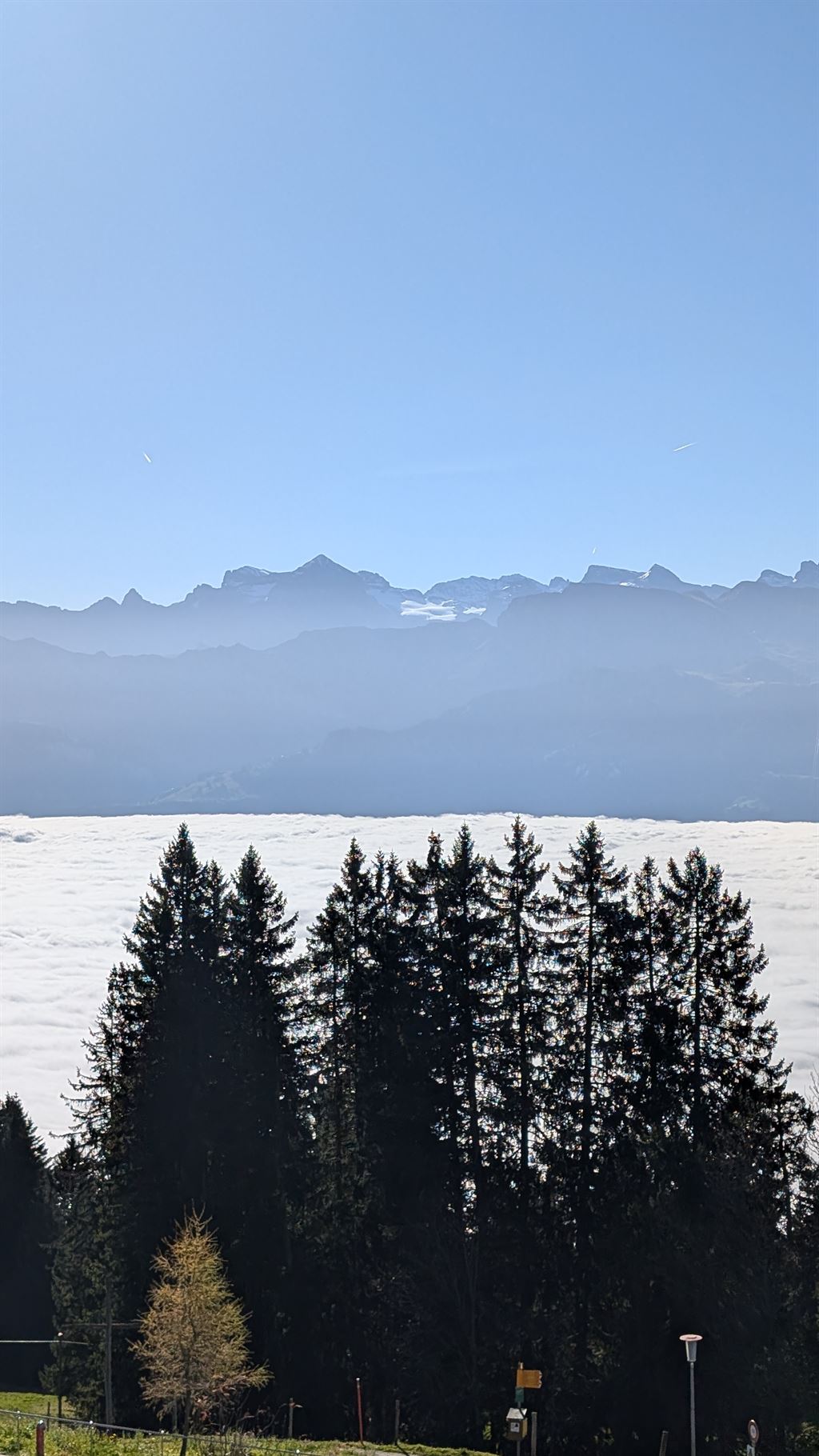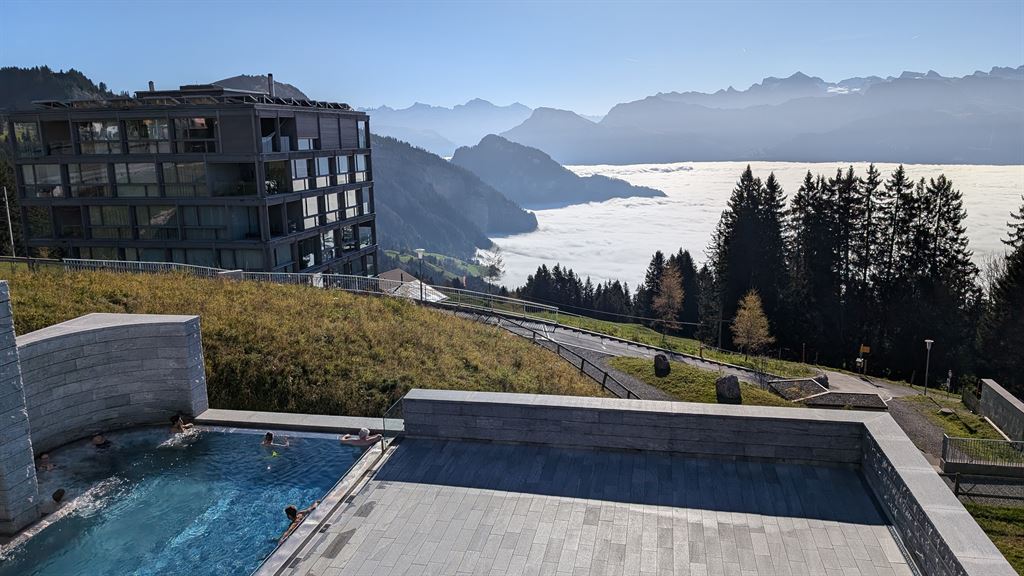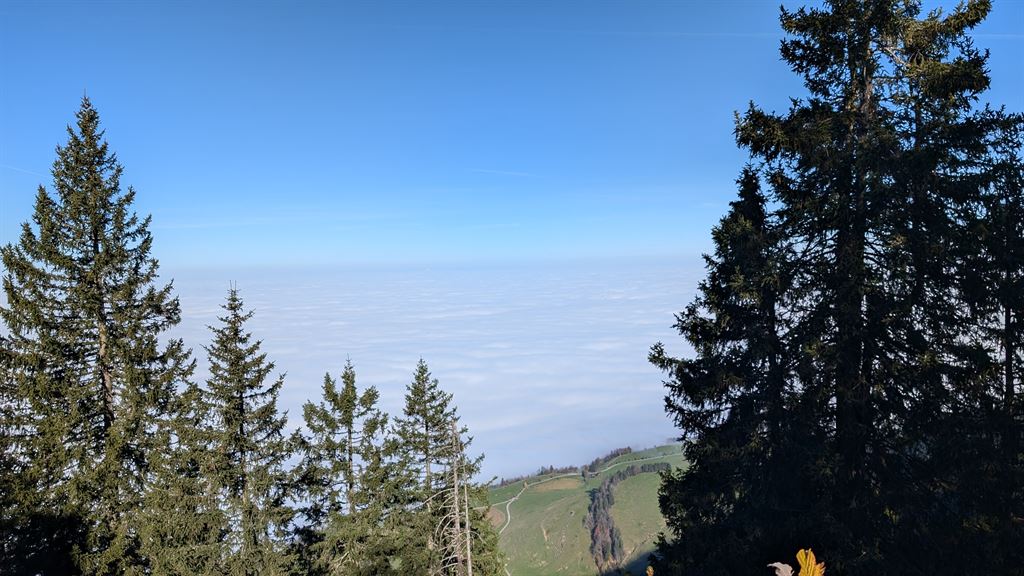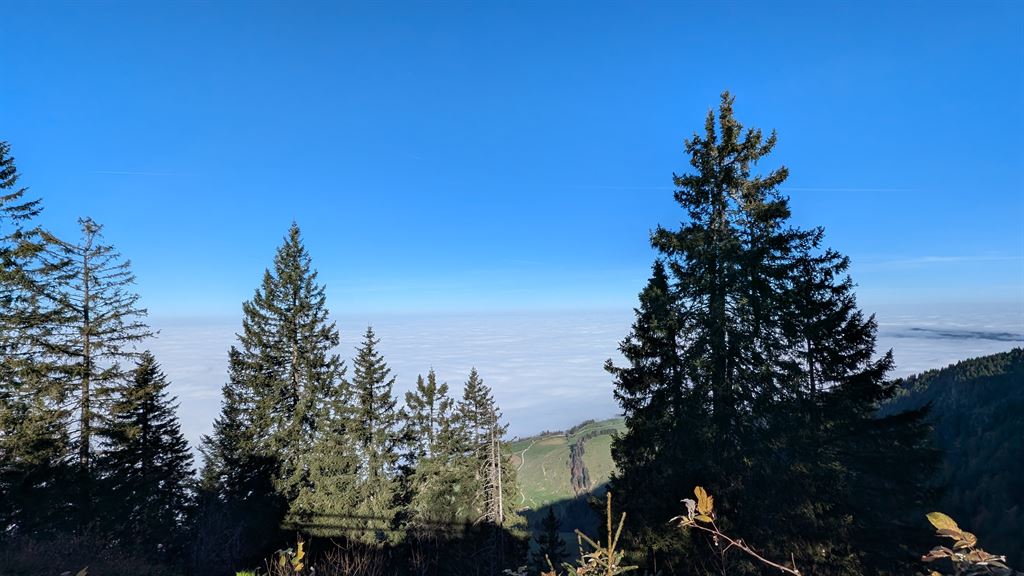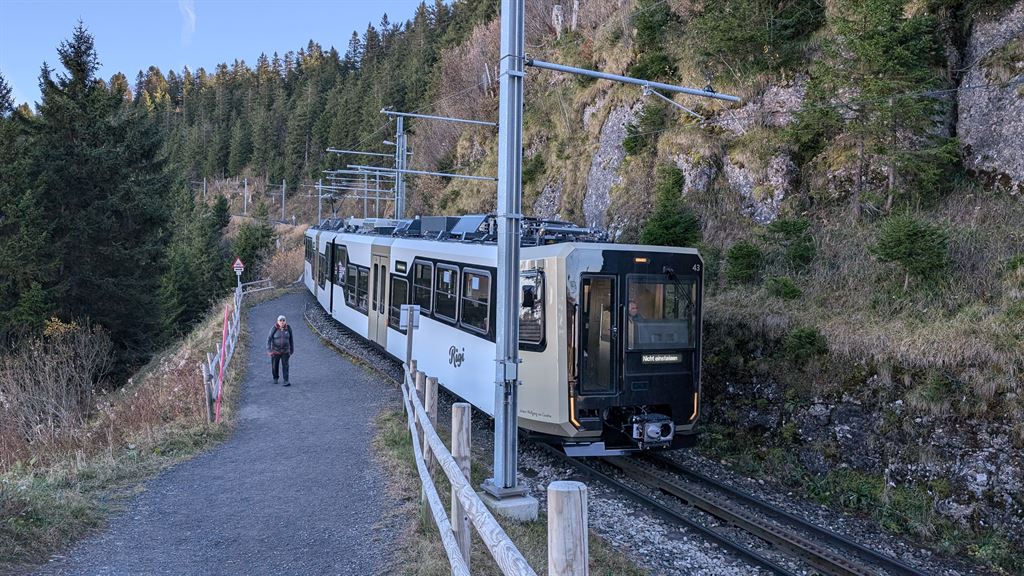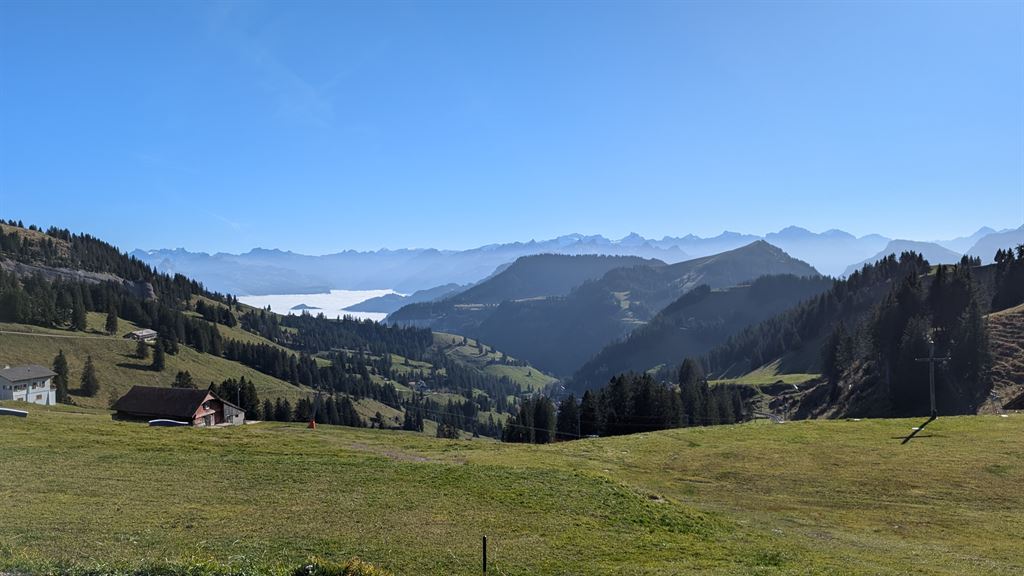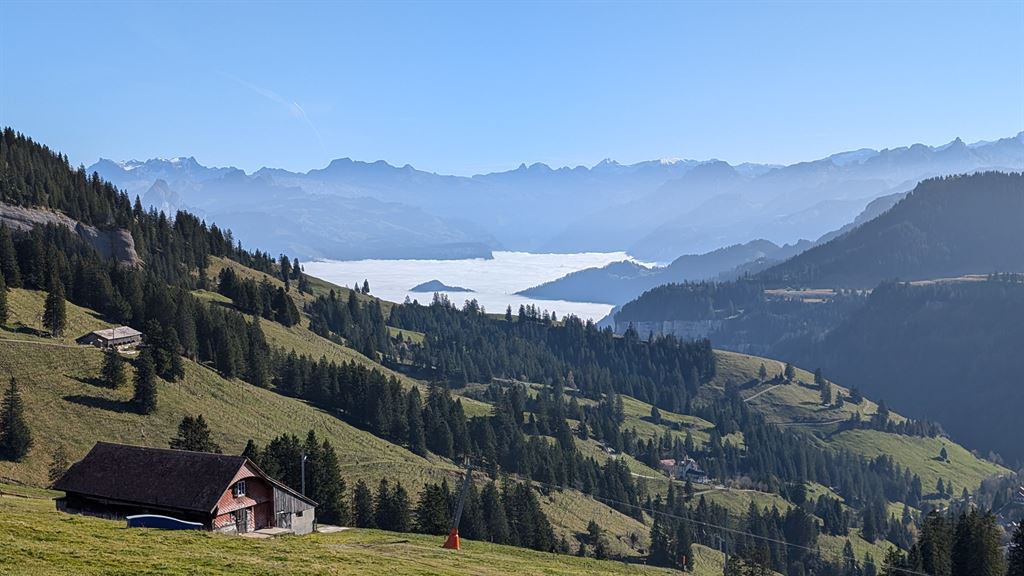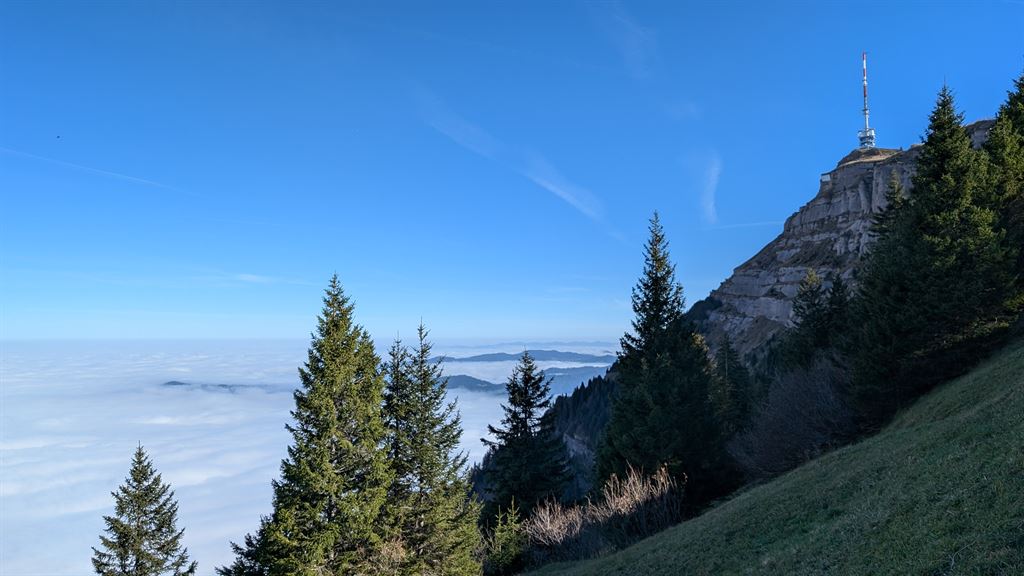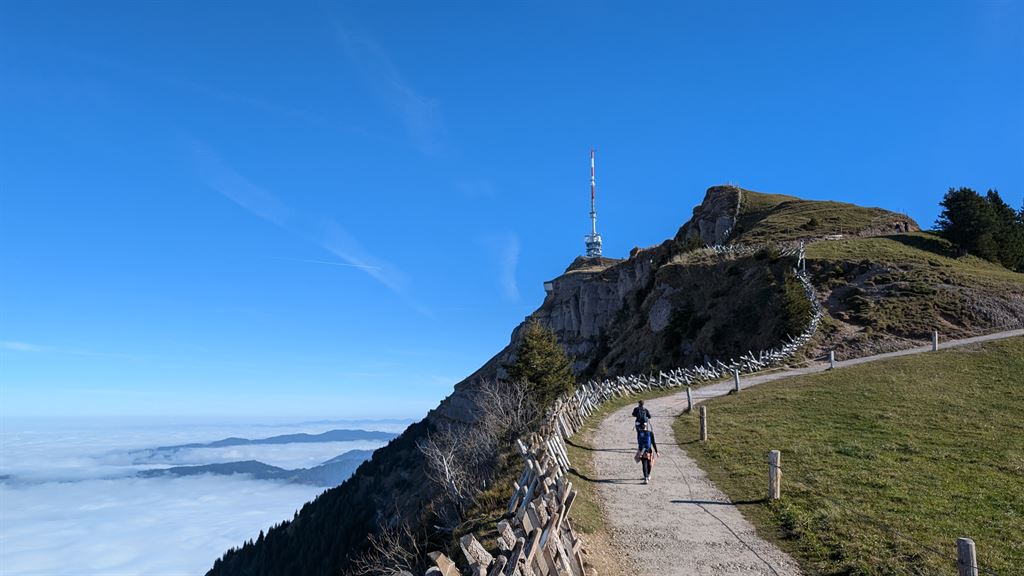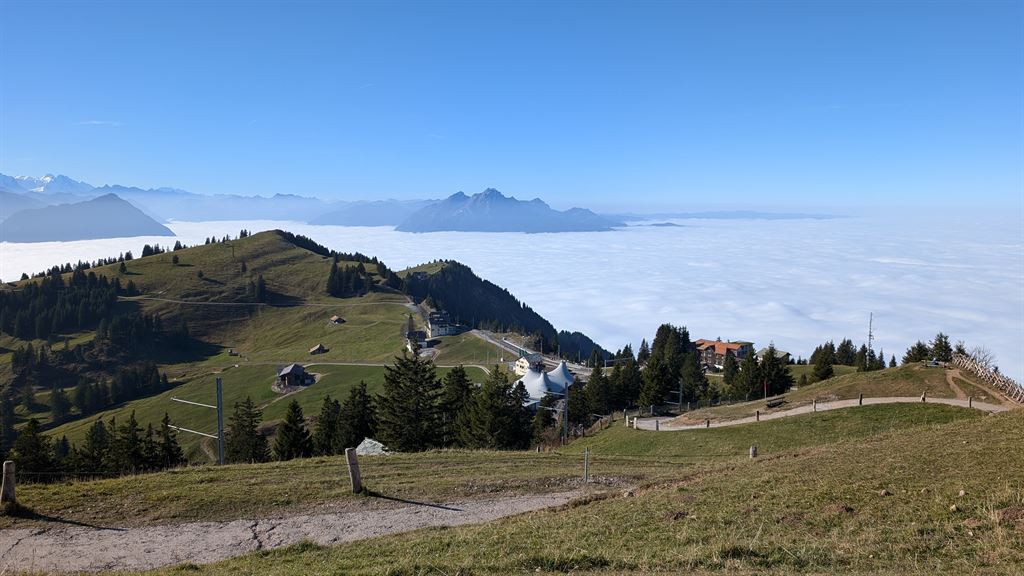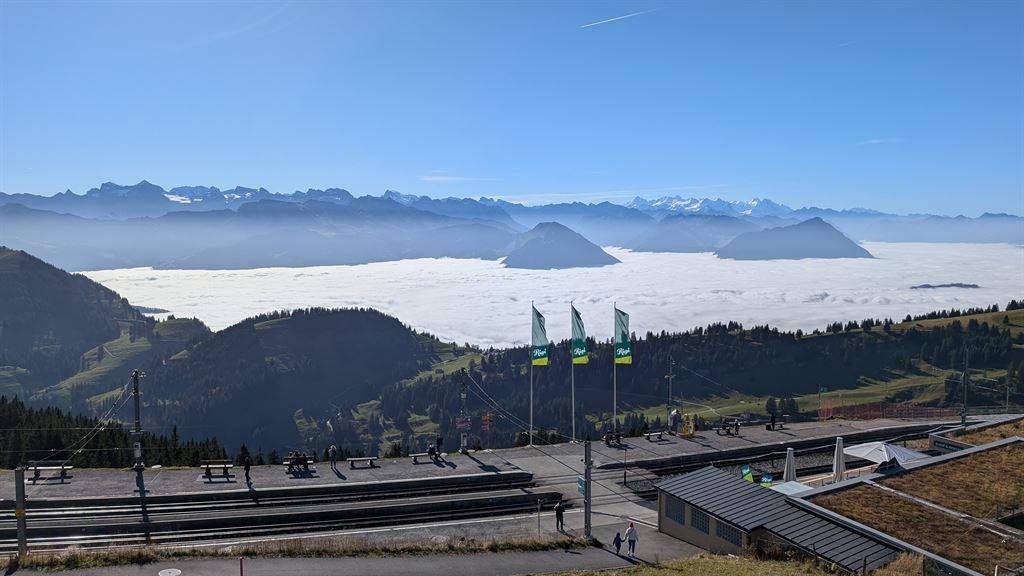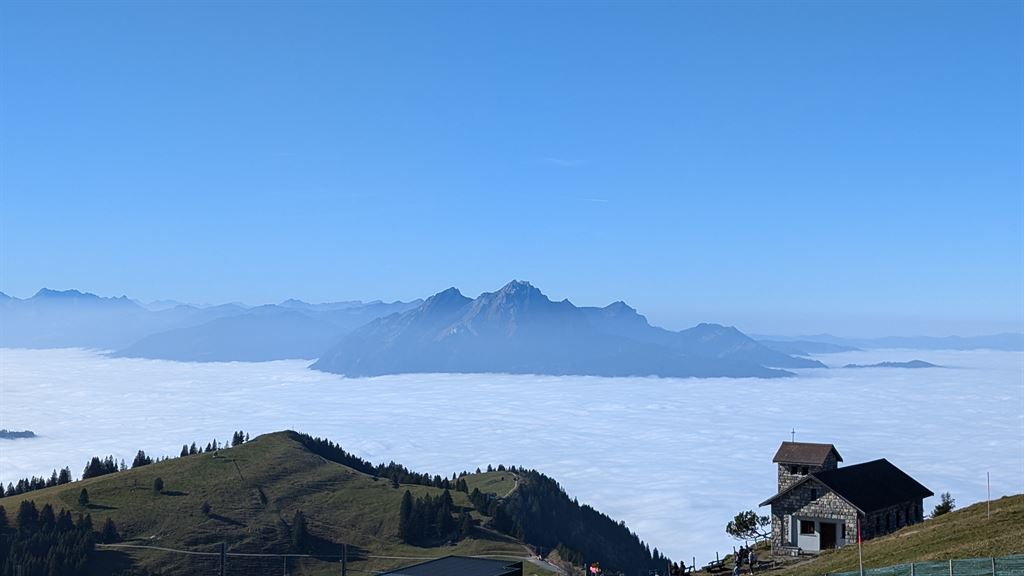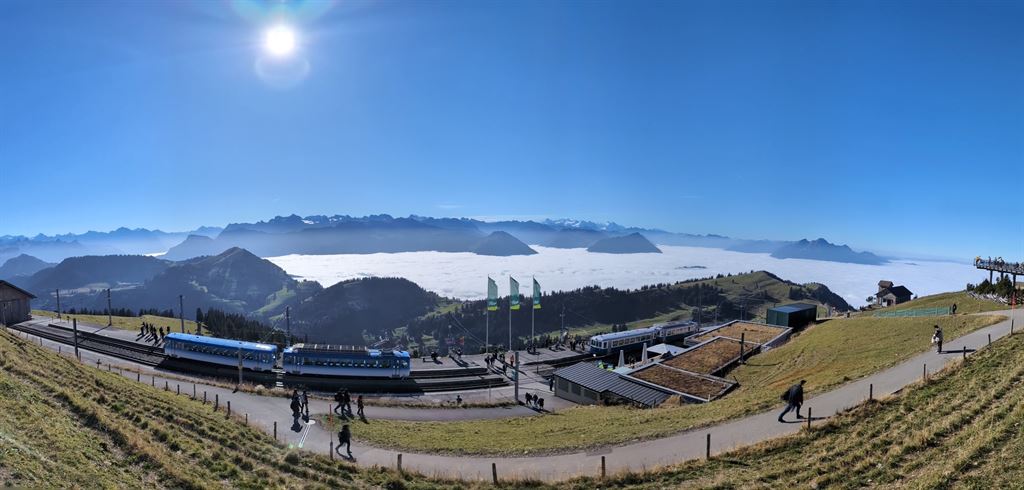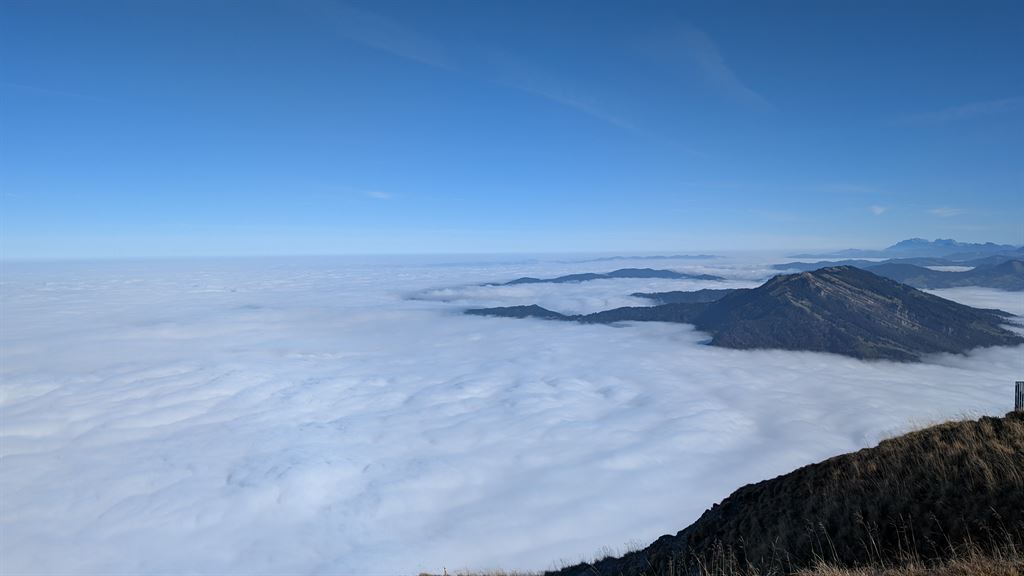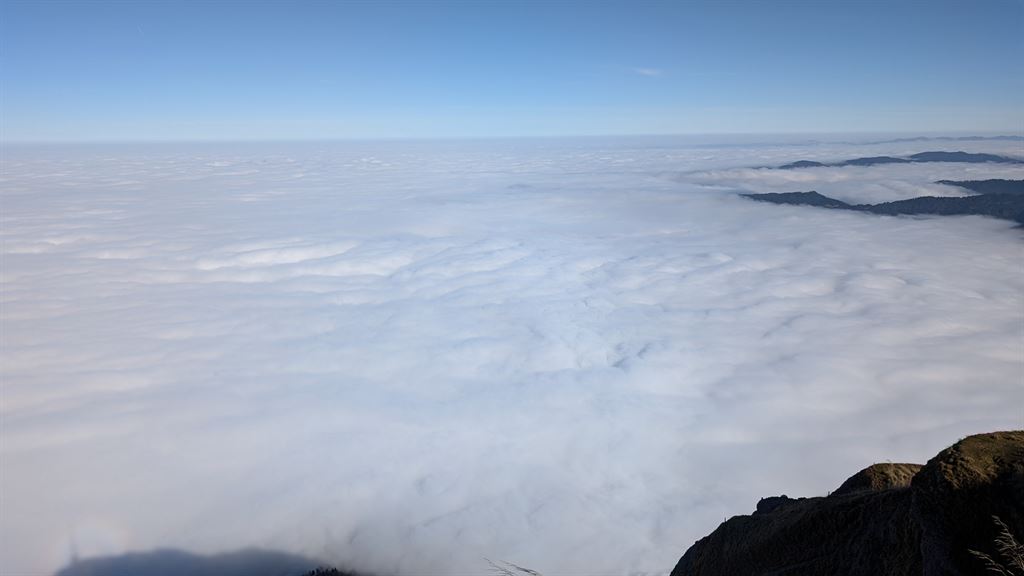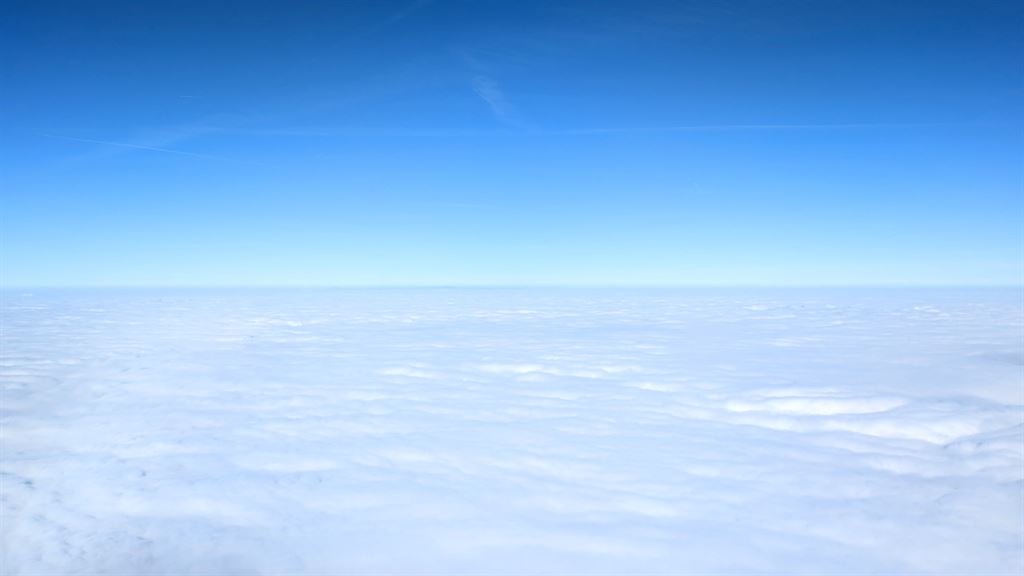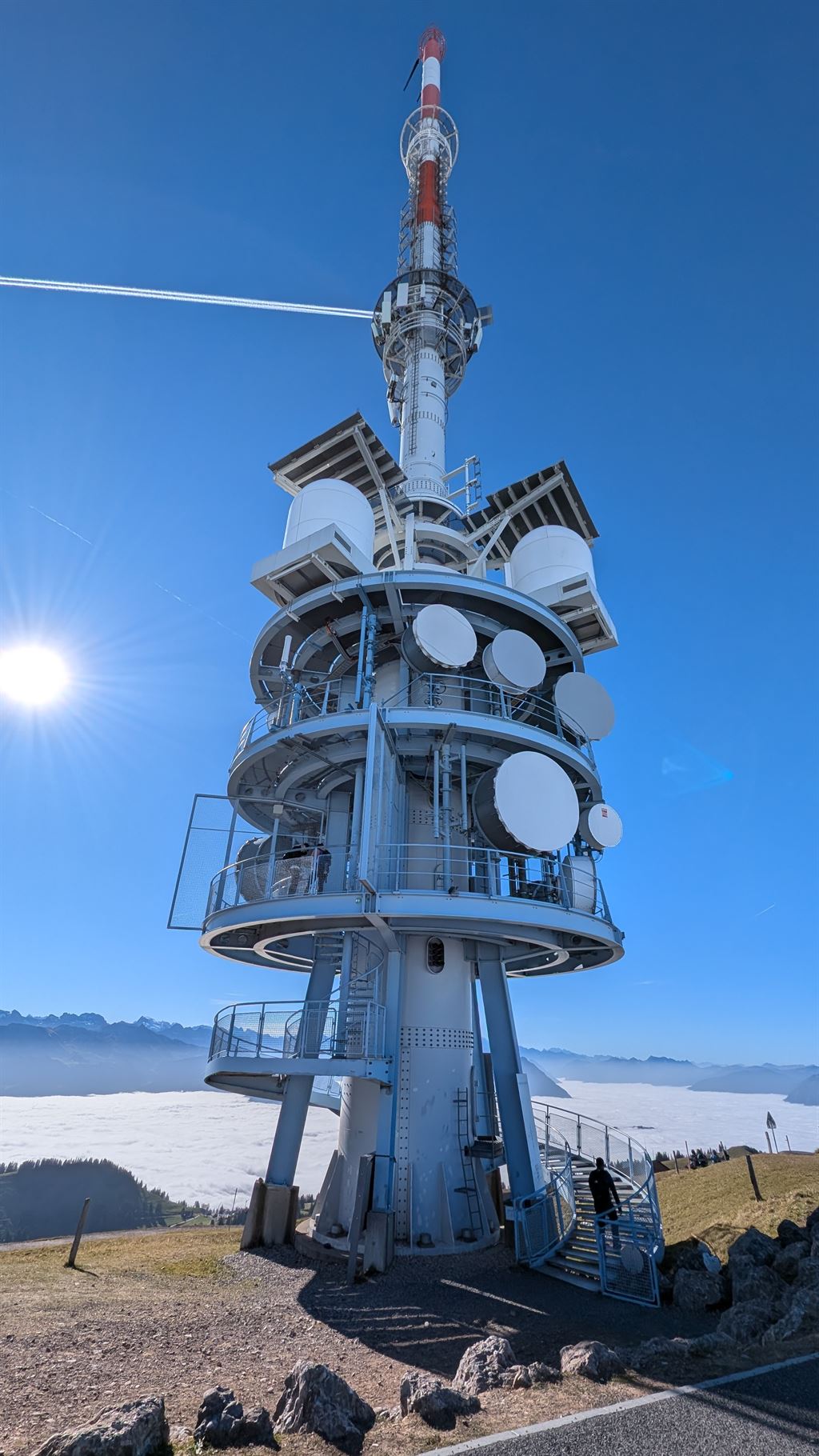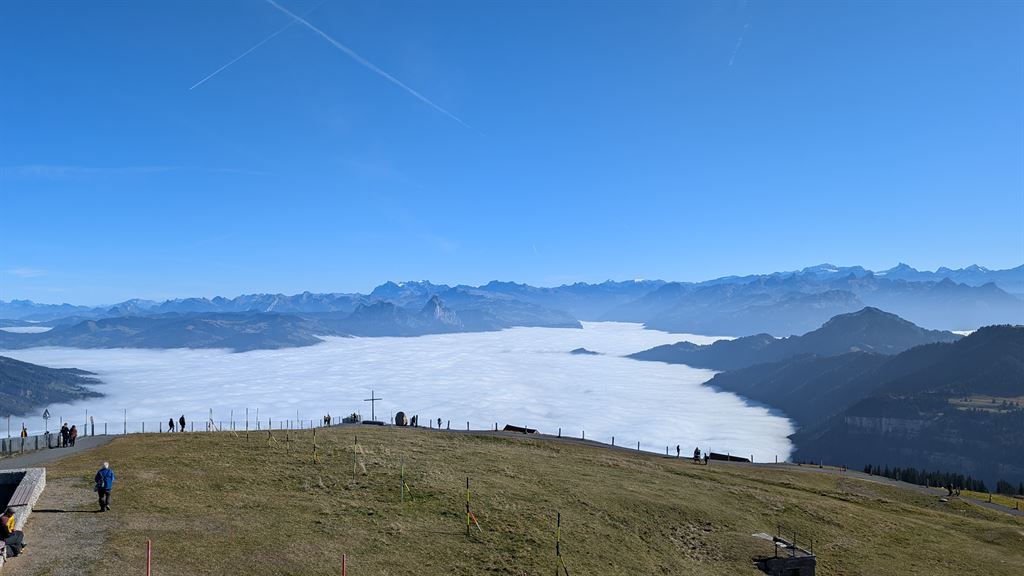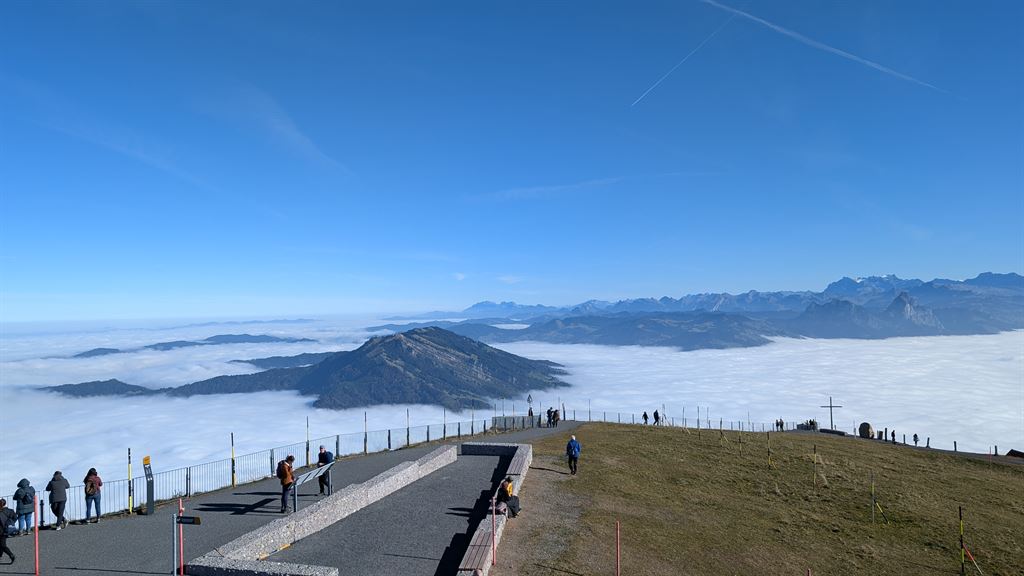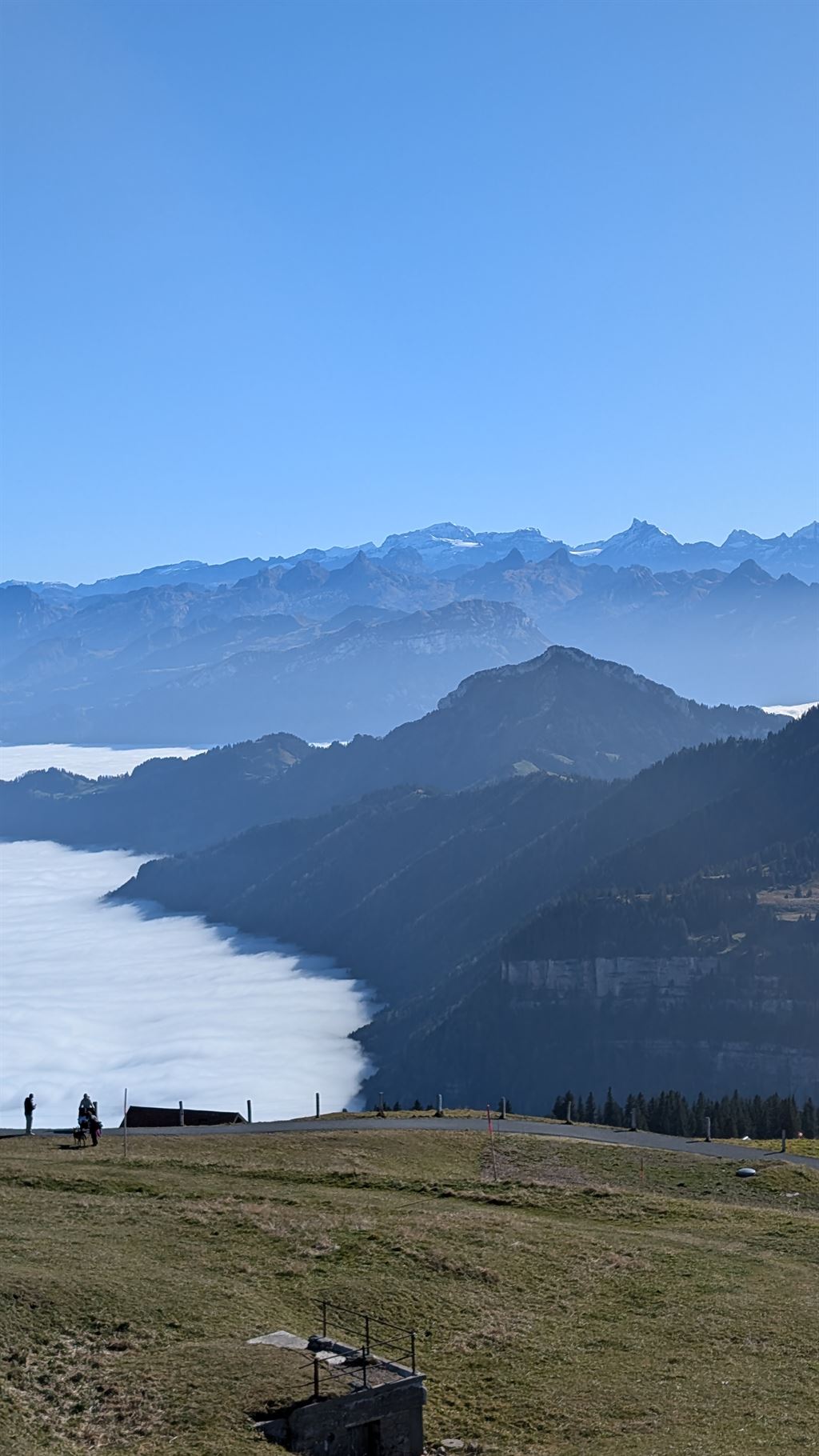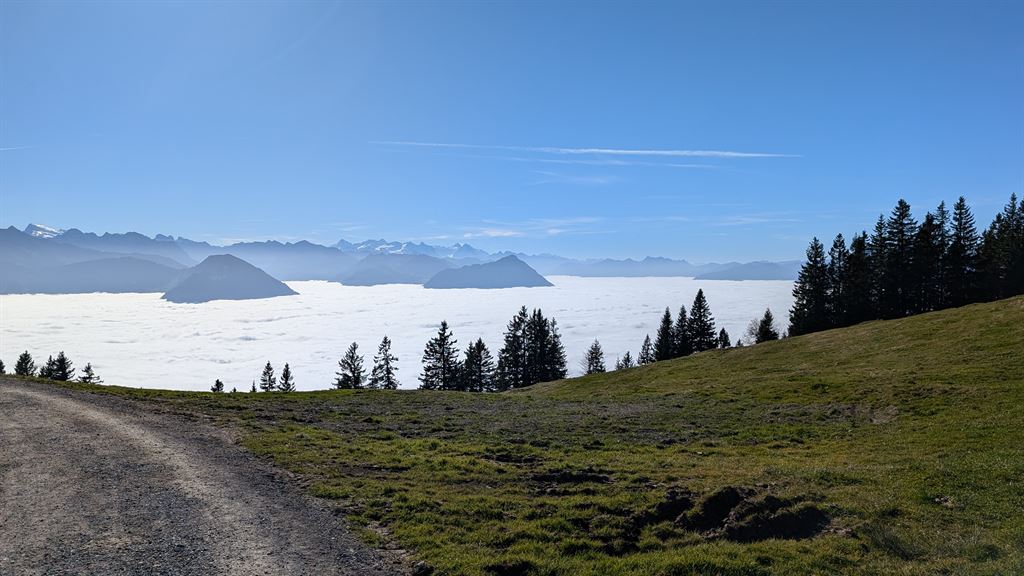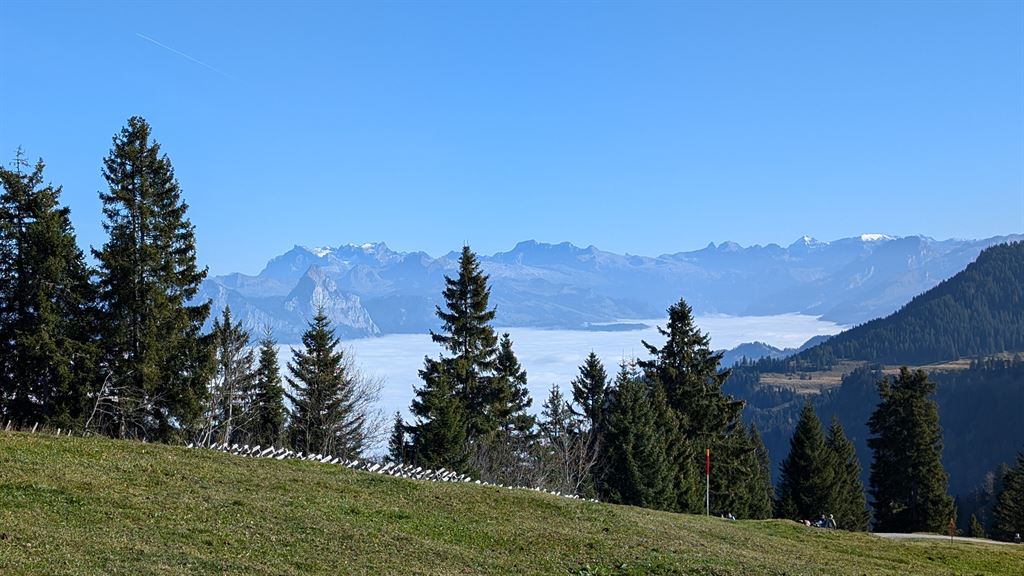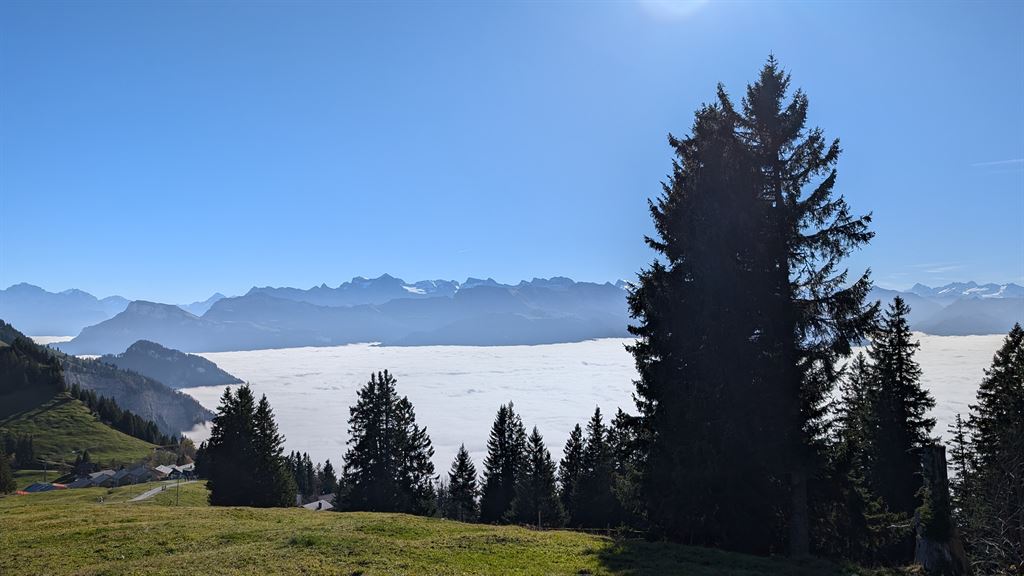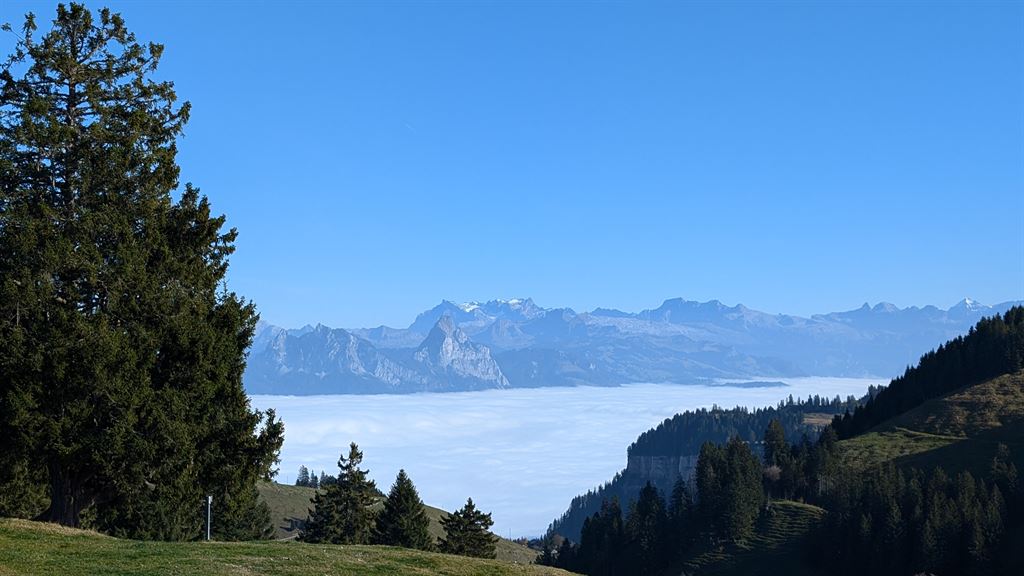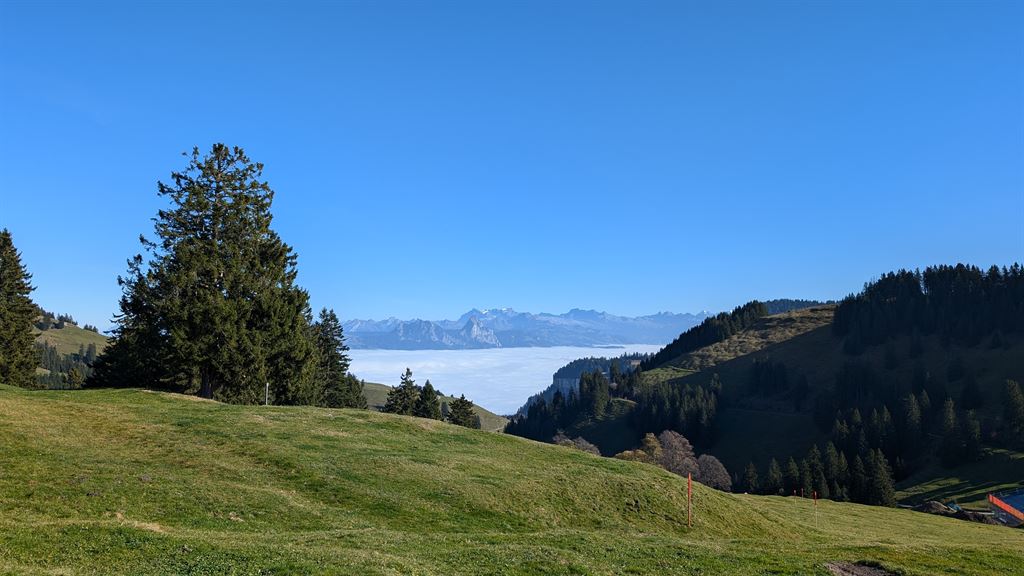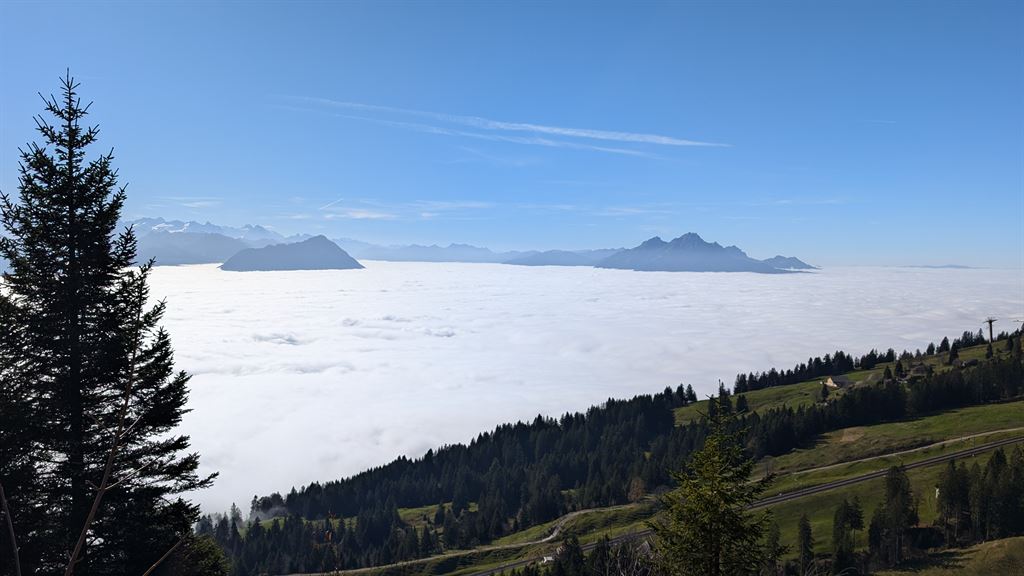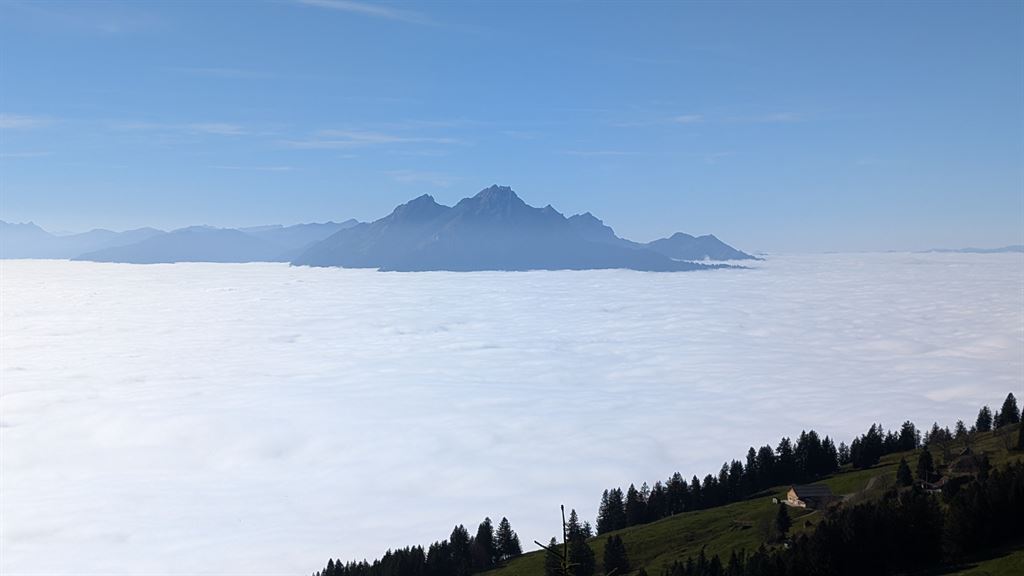The Rigi, the majestic mountain massif between Lake Lucerne, Lake Zug and Lake Lauerz, has captivated travellers, nature lovers and history buffs for centuries. With its highest point, Rigi Kulm (1797 m above sea level), it offers not only breathtaking views but also a fascinating mix of culture, history and adventure.
A Mountain Queen with History
The name "Rigi" can be romantically translated as Regina montium - "Queen of the Mountains" - but the true meaning lies in its geology: The Swiss German word "Rigi" describes the horizontal bands of rock and grass that run through the massif. These striking structures were mentioned in documents as early as the Middle Ages.
Historically, Rigi has long been a place of healing and contemplation. As early as 1540, the spring at Rigi Kaltbad was known for its healing properties. From the 18th century onwards, Rigi developed into a popular destination for spa treatments and hikes. The construction of the first guesthouses and cog railways in the 19th century finally brought the mountain into the world spotlight.
The Pioneers of the Mountain Railways
The Rigi is a place of superlatives: Europe's first cog railway, the Vitznau-Rigi Railway, opened here in 1871. Just a few years later, the Arth-Rigi Railway followed, which was the first cog railway in the world to be electrified. Even today, nostalgic steam locomotives run on the historic routes and take visitors back to a time when the journey to the Rigi was an adventure in itself.
A panorama that takes your breath away
The view from Rigi Kulm is legendary: the imposing peaks of the Alps rise to the south, while the Mittelland stretches to the Jura in the north. In between, the lakes of central Switzerland glitter. It's no wonder that Rigi has inspired artists and poets - from Mark Twain to the Romantic painters.
A paradise for nature lovers
The Rigi is not only a viewpoint, but also a place for exercise. A dense network of hiking trails leads through picturesque forests, over flowering alpine meadows and to historical viewpoints such as the Känzeli. In winter, toboggan runs, cross-country ski runs and snowshoe trails beckon. Those who prefer something quieter can enjoy a ride in a horse-drawn carriage or a relaxing bath in the thermal baths of Rigi Kaltbad.
The special places of Rigi
- Rigi Kulm : The highest point of the mountain massif is a must for every visitor. This is where the two cog railways meet and provide access to one of the most beautiful 360-degree panoramas in Switzerland.
- Rigi Kaltbad : The car-free settlement at 1400 m above sea level is a center of recreation. In addition to hotels and vacation apartments, there is the St. Michael's Chapel and the famous mineral bath.
- Rigi Klösterli : A place of peace and spirituality, known for the Chapel of Our Lady of the Snow, which looks back on a centuries-old tradition.
- Seebodenalp : An upstream terrace that is a popular starting point not only for its hiking trails but also for paragliders.
A journey into the past and future
Rigi is a place where history comes alive and nature shines in all its splendor. Whether you arrive on one of the historic trains, admire the art and architecture of the chapels or simply enjoy the silence of the Alps - the Queen of the Mountains leaves no one untouched.
Set off and let yourself be enchanted by Mount Rigi – a place that combines past, present and future in unique harmony.
The Monsters of Rigi Scheidegg – A Dark Legend from the Alps
The night of the St. James's Day festival in 1593 shrouded the Rigiberg in dark shadows. According to the traditions of the Gersau herdsmen's brotherhood, something sinister happened that terrified the residents forever.
It began with a terrible loss: In the alpine hut on the upper Gschwänd, 60 head of cattle suddenly died, while in two other huts 24 more animals fell lifeless. The cause was mysterious, and the distraught shepherds could not make sense of it.
But the story of the herdsman who fell down to Gersau shed light on the grim affair - and made people shudder. The herdsman reported that he had seen two gigantic figures on the Alp. These monsters, covered in pitch-black fur, towered up into the clouds. Their heads were terrifying, their eyes as big as the mightiest cheeses ever rolled on an Alp.
That very morning, a pungent smell of sulphur is said to have permeated the place where the monstrous creatures had appeared. It was as if the devil himself had left a footprint.
In their fear and desperation, the herdsmen decided to form a brotherhood. They dedicated themselves to protecting the Alp and vowed to hold a penitential and prayer service in the chapel on the Käppeliberg every year on St. James's Day. This custom continues to this day, as if to keep the dark forces at bay.
The monsters, it is said, never appeared again. But anyone who stays on the Rigi that night may sense a hint of sulphur in the air - and wonder whether the monsters have really disappeared forever.


